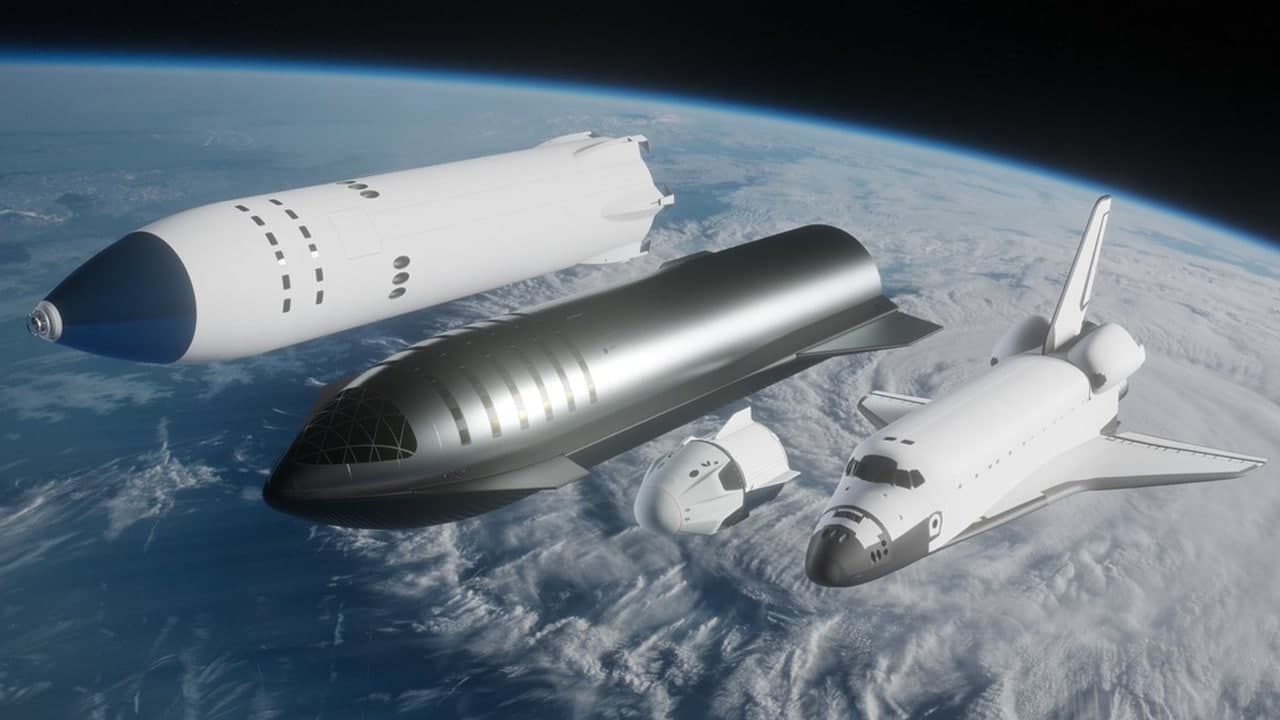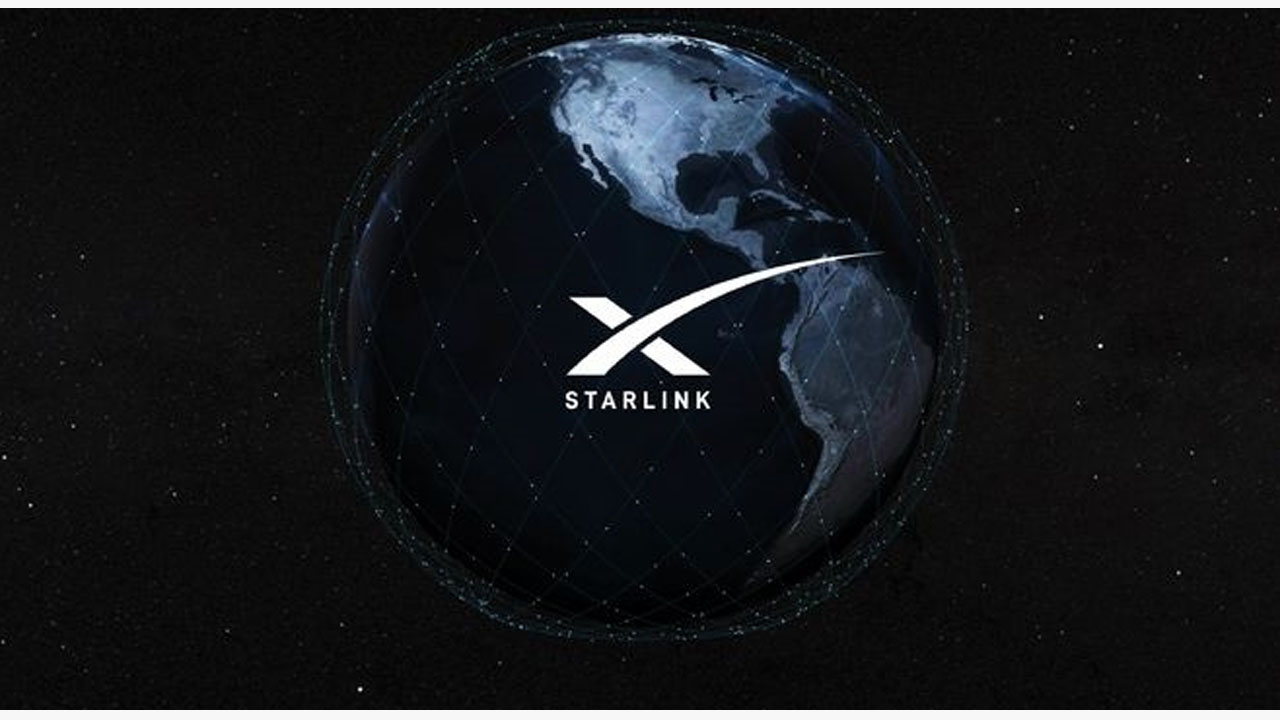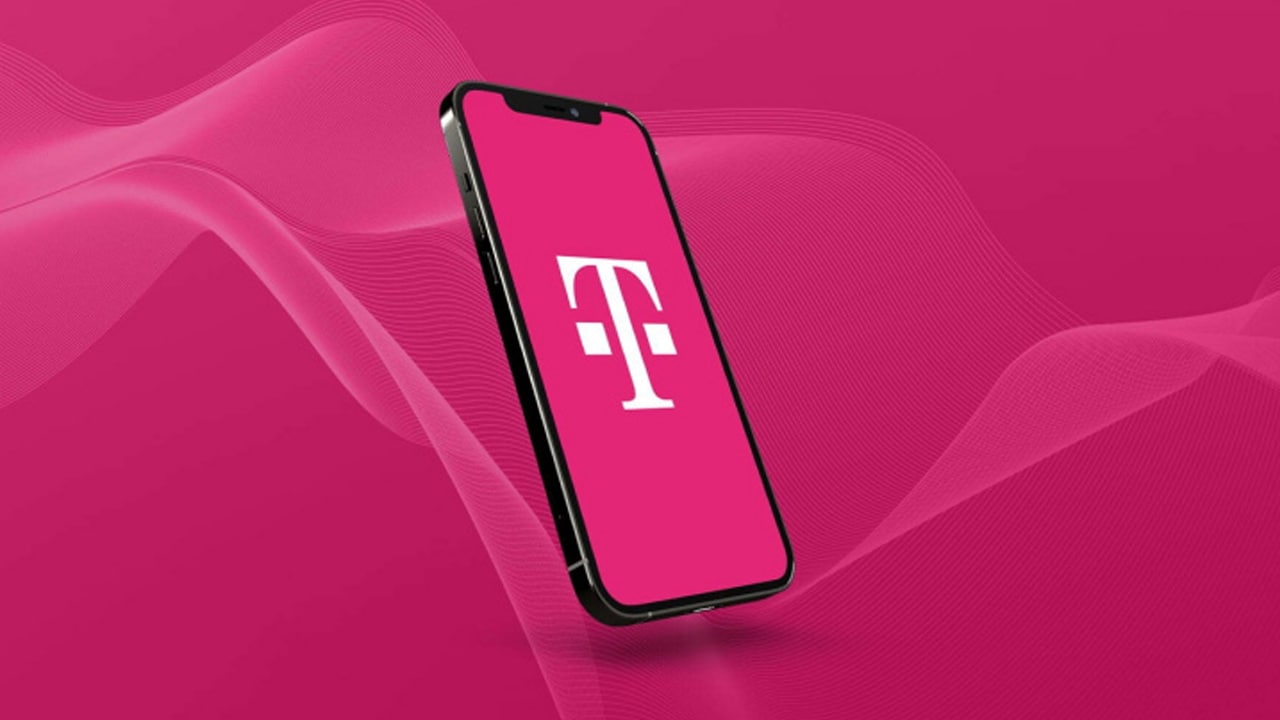Space exploration technology company SpaceX founder Elon Musk posted pictures of the interstellar spacecraft on his personal social media Twitter and said: ” We will be able to achieve soon these goals .”
The day before, Musk announced that SpaceX had begun building an orbital launch pad at the Kennedy Space Center in Florida. He revealed in a tweet on Friday that “the construction of the orbital launch pad for the interstellar spacecraft at Cape Canaveral has begun.”
According to reports, the National Aeronautics and Space Administration (NASA) has previously confirmed that SpaceX “reformed the launch infrastructure within the scope of the launch pad within the framework of the lease agreement between the two parties.” NASA emphasized that it will not provide funding for the transformation of the interplanetary spacecraft launch pad.
Join Tip3X on Telegram
Orbital testing of interstellar spacecraft is an important part of Musk and SpaceX’s future space travel plans. The company’s ultimate goal is to launch an unmanned spacecraft to Mars in 2024 and allow astronauts to take an interstellar spacecraft to Mars in 2026.
As a new generation of fully reusable space launch systems, the interplanetary spacecraft can be used for earth suborbital flights and deep space exploration missions. SpaceX said that the interstellar spacecraft can carry up to 100 people to Mars at a time.
Due to its reusability, the interstellar spacecraft can be refilled with fuel after returning from space, and preparations for launch can be completed in a short time, reducing the cost of companies exploring space.
 In August of this year, SpaceX stated in a document submitted to the Federal Communications Commission (FCC) that it plans to use the super rocket booster of the interplanetary spacecraft system as the main vehicle to put the spacecraft into orbit.
In August of this year, SpaceX stated in a document submitted to the Federal Communications Commission (FCC) that it plans to use the super rocket booster of the interplanetary spacecraft system as the main vehicle to put the spacecraft into orbit.
Musk talked about his dream of building a city on Mars and said that if the earth experiences a catastrophe, allowing humans to settle on other planets can protect civilization from continuing.





